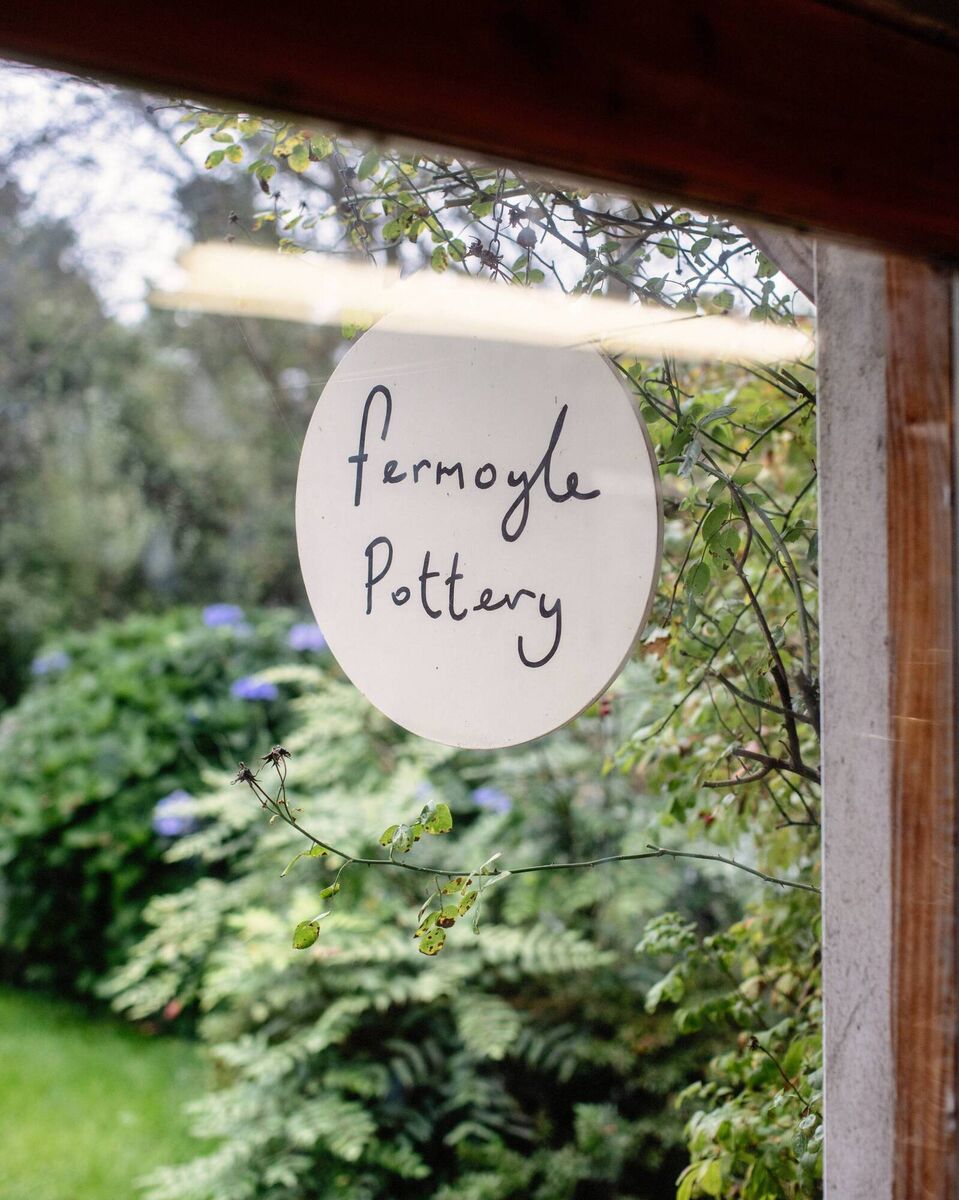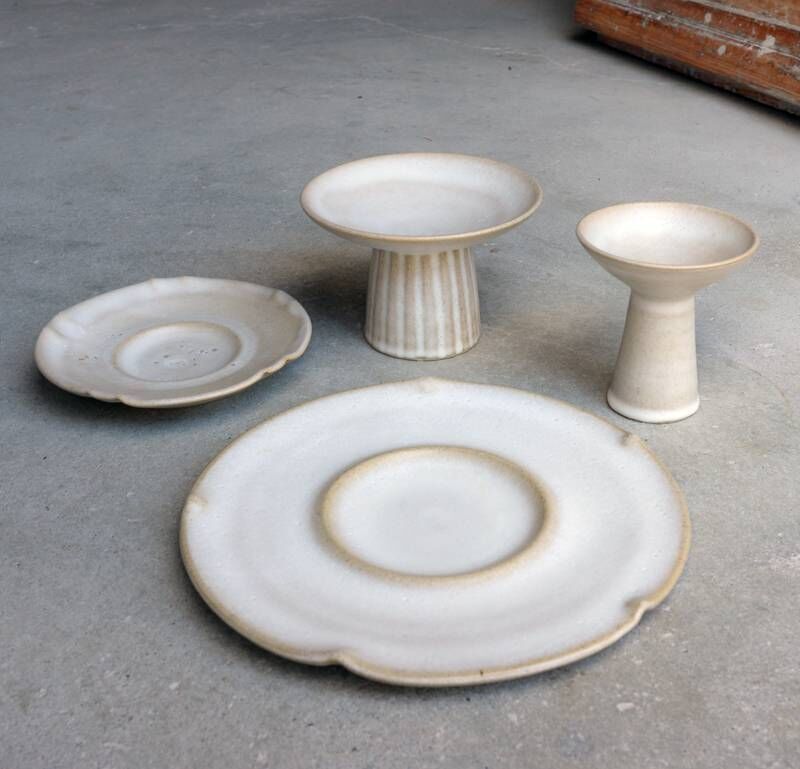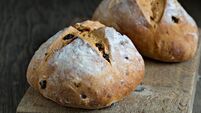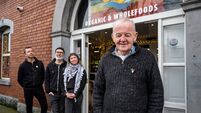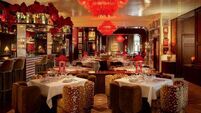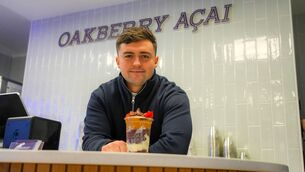Meet the couple in Kerry making pottery for Ireland’s Michelin-star restaurants
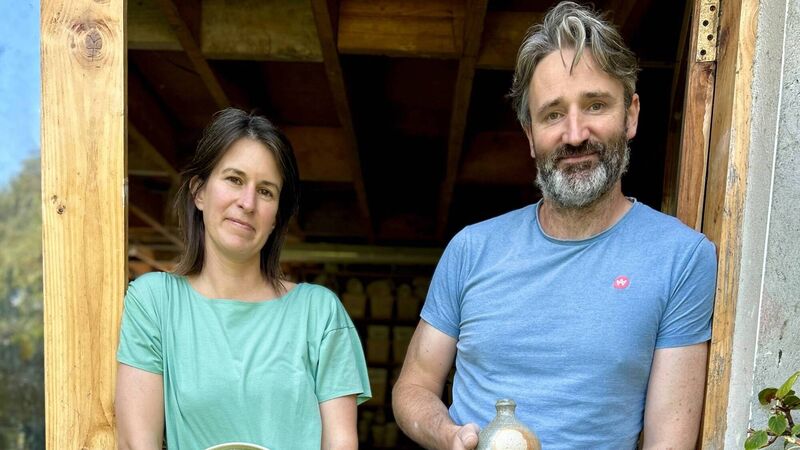
Stephen O’Connell and Alexis Bowman at their Fermoyle Pottery studio in Ballinskelligs, Co Kerry. Pictures: Joe McNamee
Hidden up a narrow laneway in Ballinskelligs, just off the Cahirsiveen Rd, it would be just another standard Irish rural bungalow were it not for the exceptionally lush planting bringing a tropical feel to this remote part of South Kerry. Formerly Stephen O’Connell’s childhood residence, it is now home to him, Alexis Bowman, and their three children.
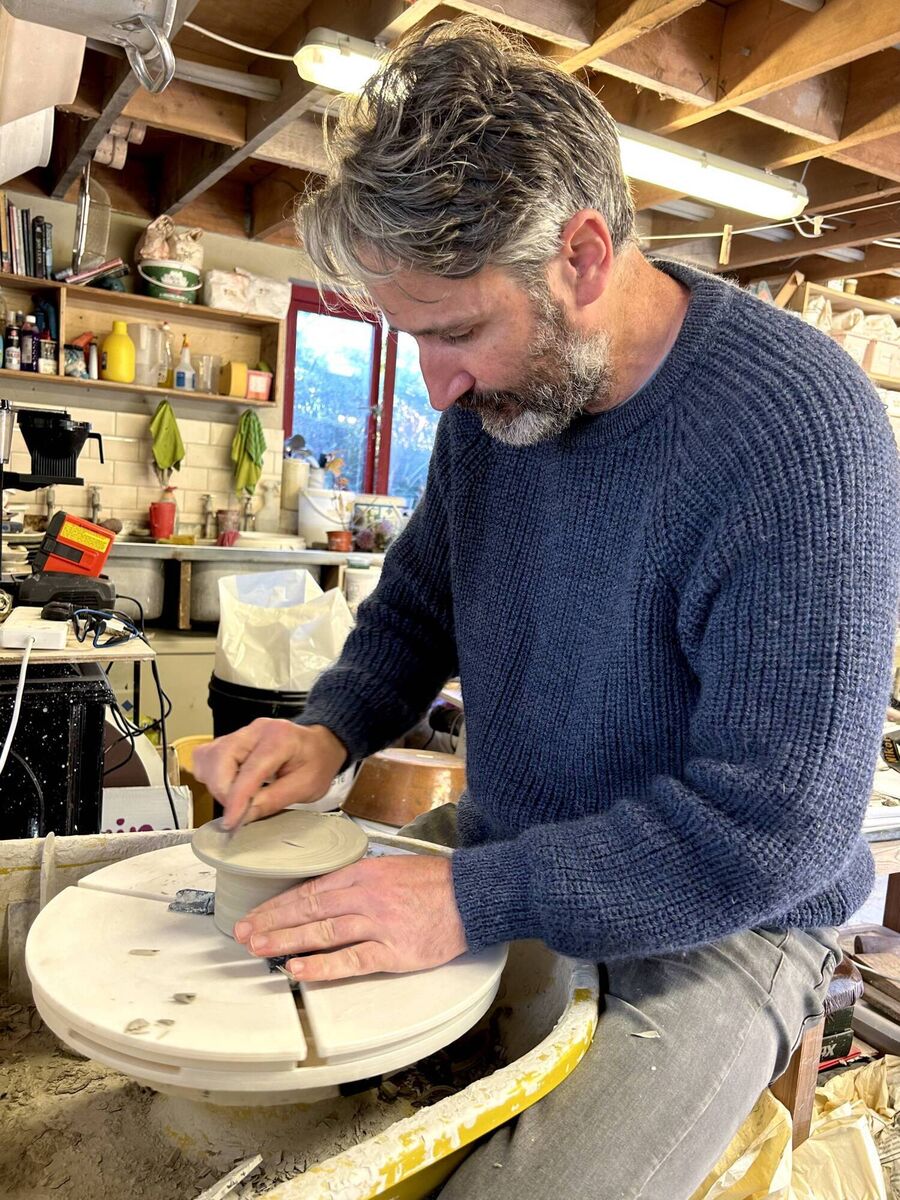
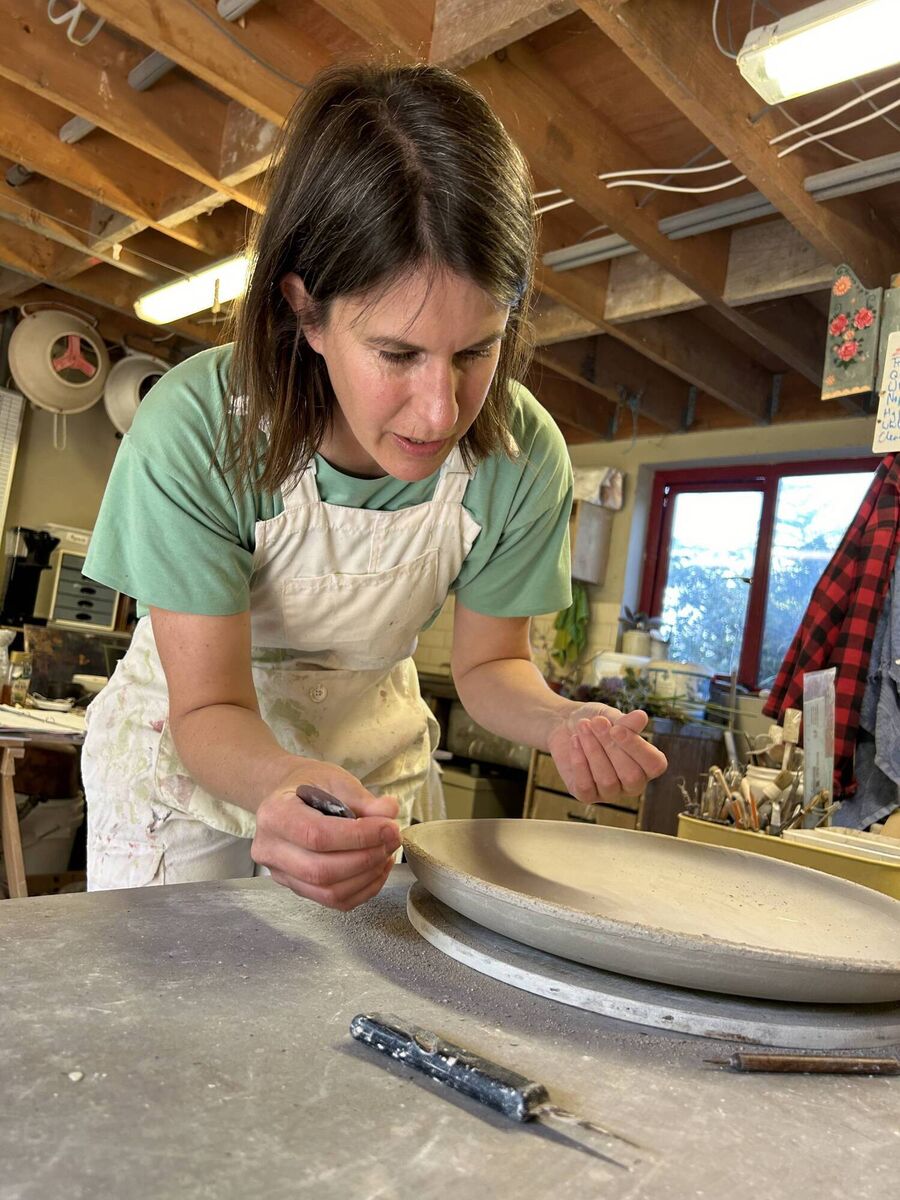
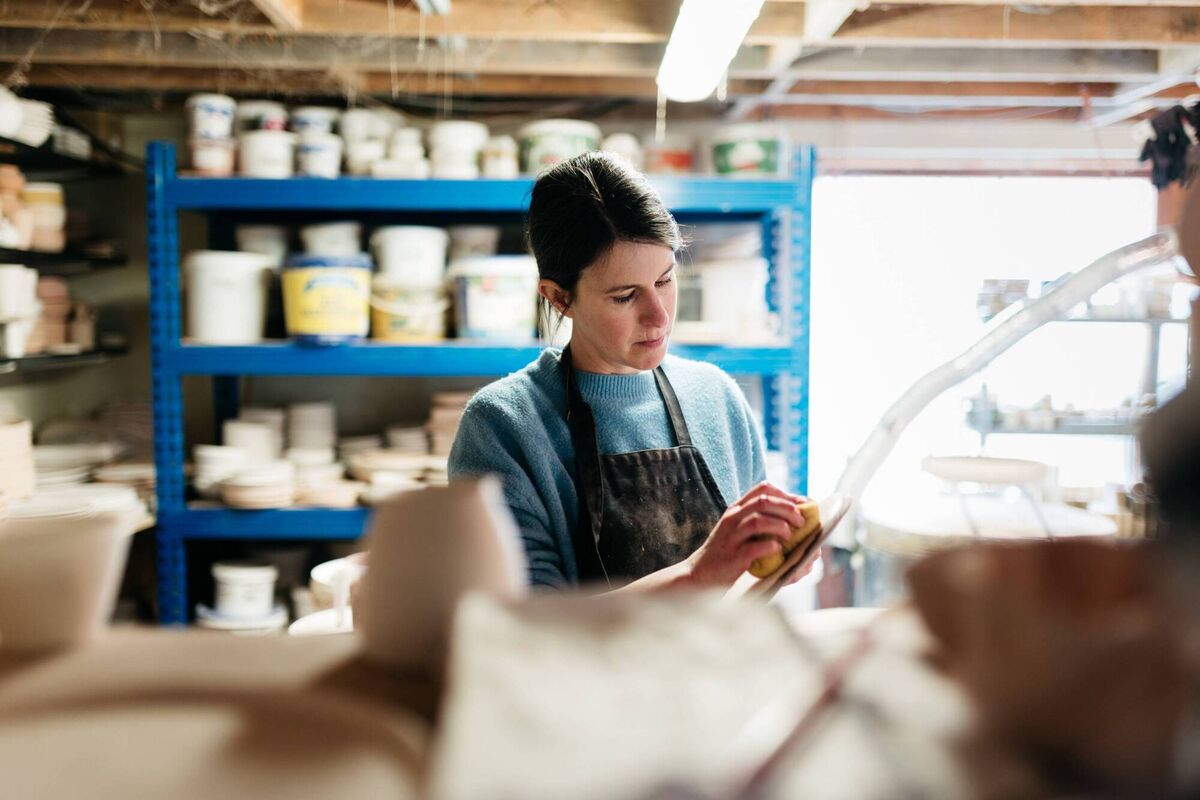
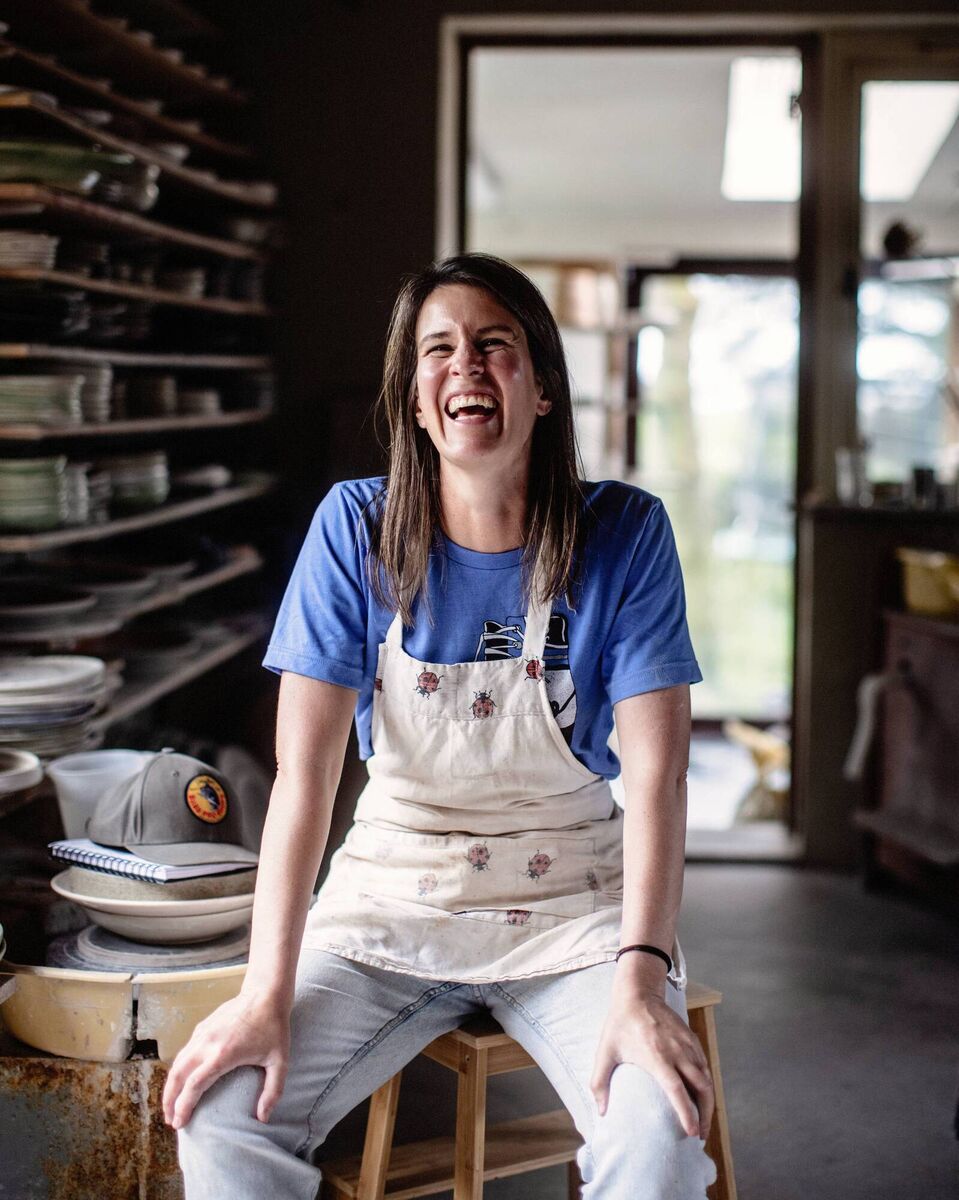
There is unquestionably a Fermoyle Pottery sensibility that links what at first glance might appear to be random and varied works, perhaps related to the fluidity of their working partnership.
“We want it to be identifiable as us,” says Stephen, “even though we make many different things. When Alexis makes something, it’s different to mine. Forms, finishes are different. She’ll paint on them, carve them, and put on patterning work, whereas I’m really sticking to just the form.
“Often I’ll hand it over to Alexis to do the finishes, but she will often treat that differently to the finishes on her own work. So you’re always cross-collaborating, passing the baton over to the other person to finish it off because you know they’ll do a good job.”
